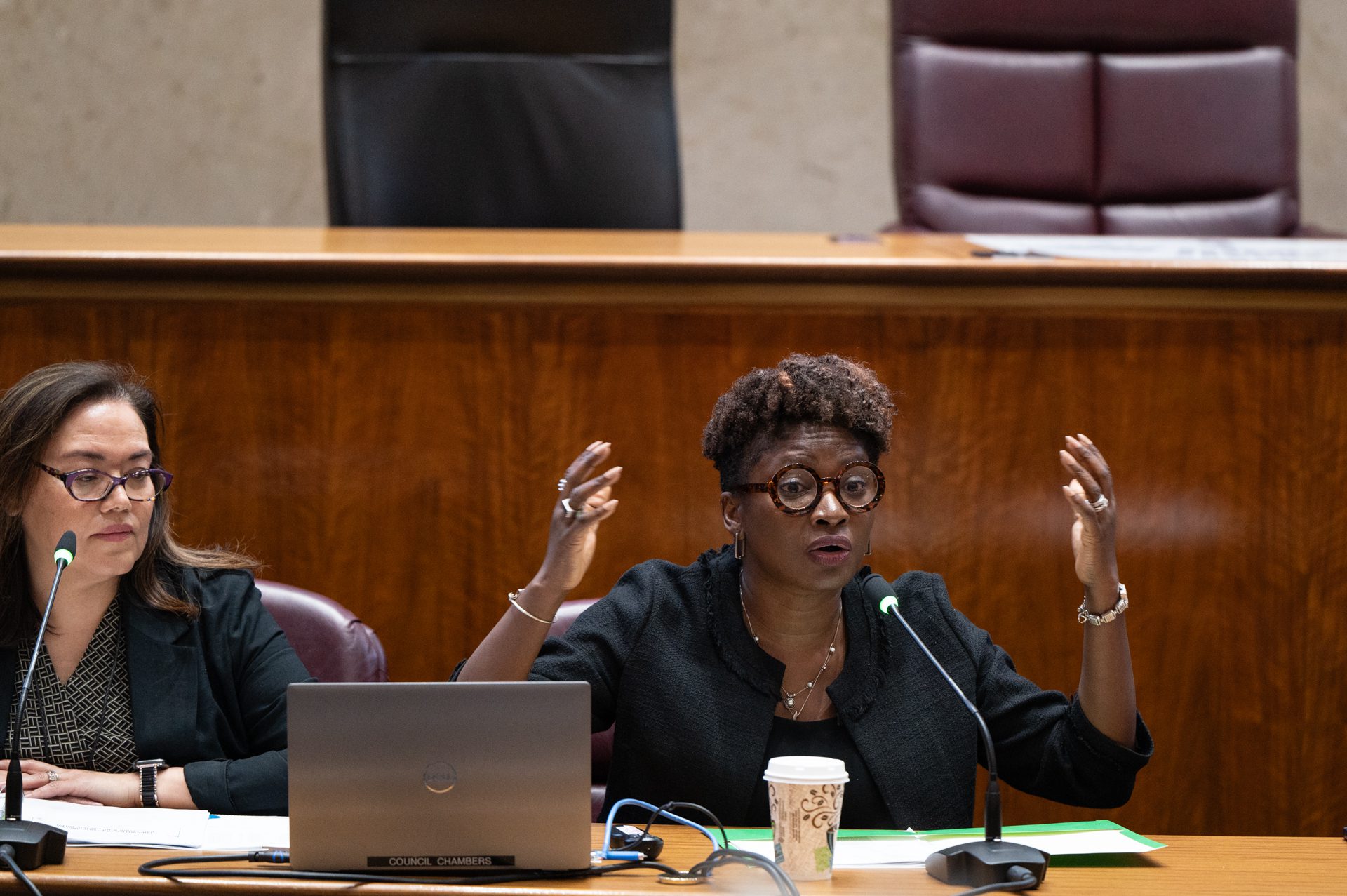Overwhelmed and Understaffed: Inside Chicago's Public Health Environmental Inspection Crisis

During a recent City Council Committee hearing on Environmental Protections and Energy, Commissioner Dr. Olusimbo Ige candidly addressed the department's ongoing challenges in environmental oversight. She highlighted significant constraints that have been hampering their ability to conduct comprehensive environmental inspections, emphasizing the critical need for enhanced operational capacity.
Dr. Ige's testimony revealed the department's struggle with limited resources, which directly impacts their capacity to thoroughly monitor and protect the city's environmental standards. The commissioner's frank discussion underscored the complex obstacles facing environmental protection efforts and the urgent requirement for additional support and funding to expand their inspection capabilities.
The hearing provided a transparent look into the department's current limitations, signaling a potential call for increased investment in environmental monitoring and enforcement infrastructure.
